Tillandsia x correalei
Click thumbnails for full size, scaled to a new window.
Tillandsia x correalei
cv. of fasciculata X hondurensis - Natural hybrid, Honduras.
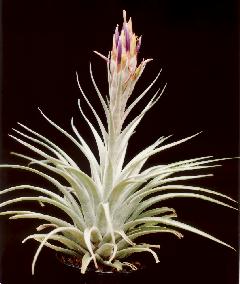
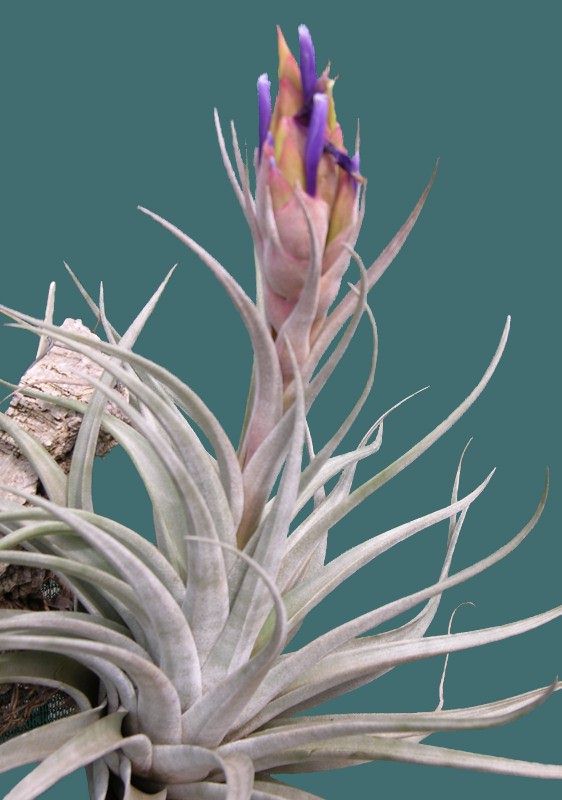
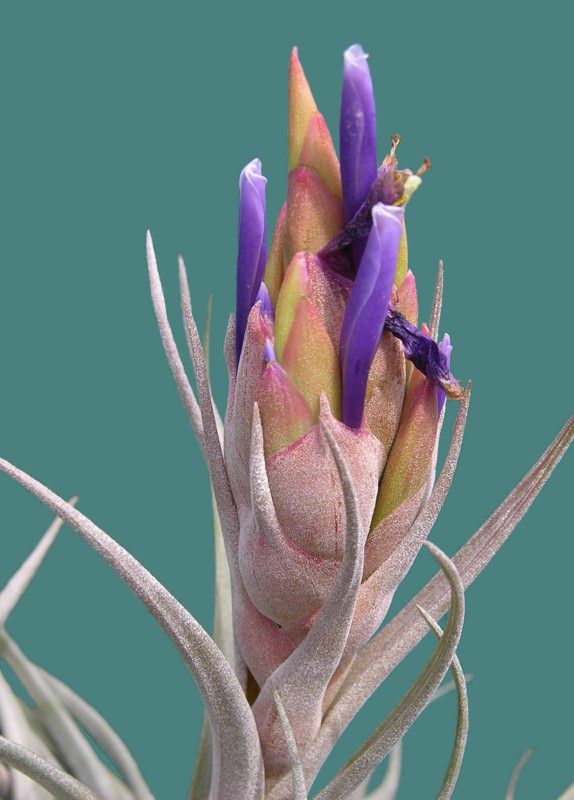
| Ken Woods 10/04 |
Len Colgan 01/13 |
Len Cologan ... "It is claimed to be a natural hybrid between T. hondurensis and T. rotundata. There is no doubt that such a hybrid would produce a plant of this appearance.
Of interest, T. hondurensis seems to be limited to a single valley not far from the capital of Honduras, Tegucigalpa.
For T. rotundata, Derek's disc lists five locations inside Honduras, but not that specific valley. Nevertheless, I am confident the experts got it right."
(Ed: originally listed here as per Len's version of parentage. Original Luther document checked(see below) and correction made here.)
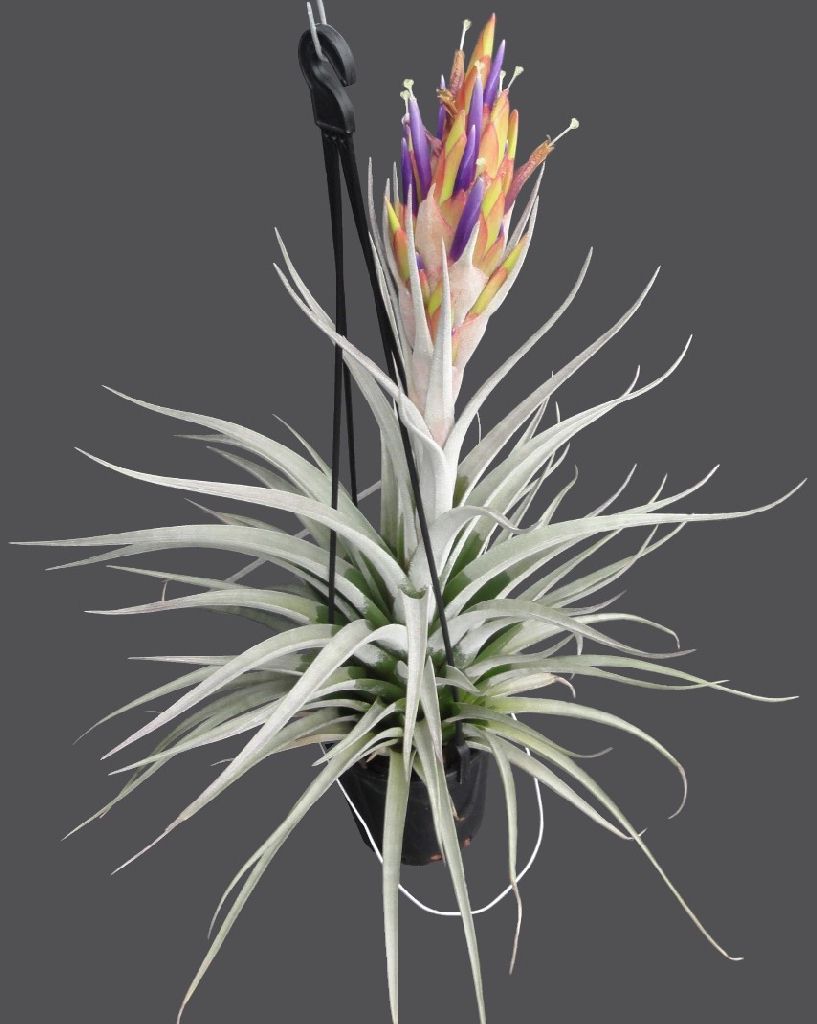
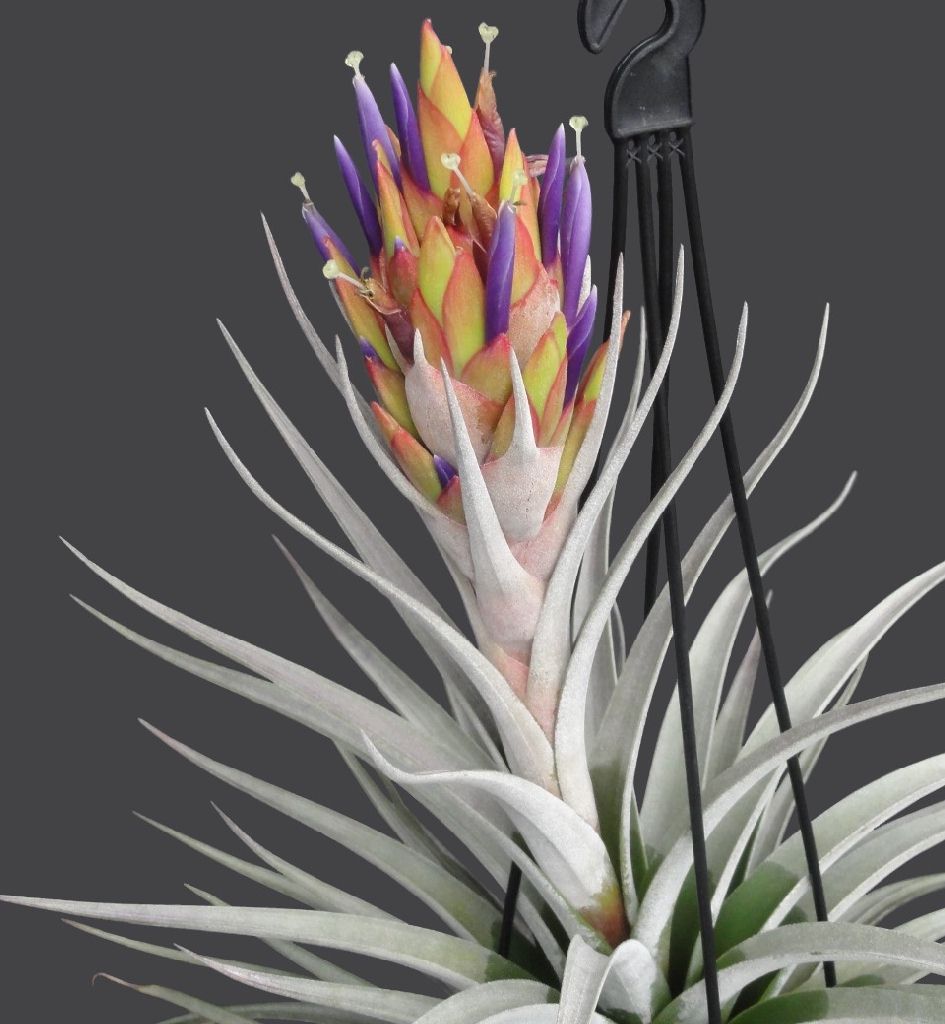
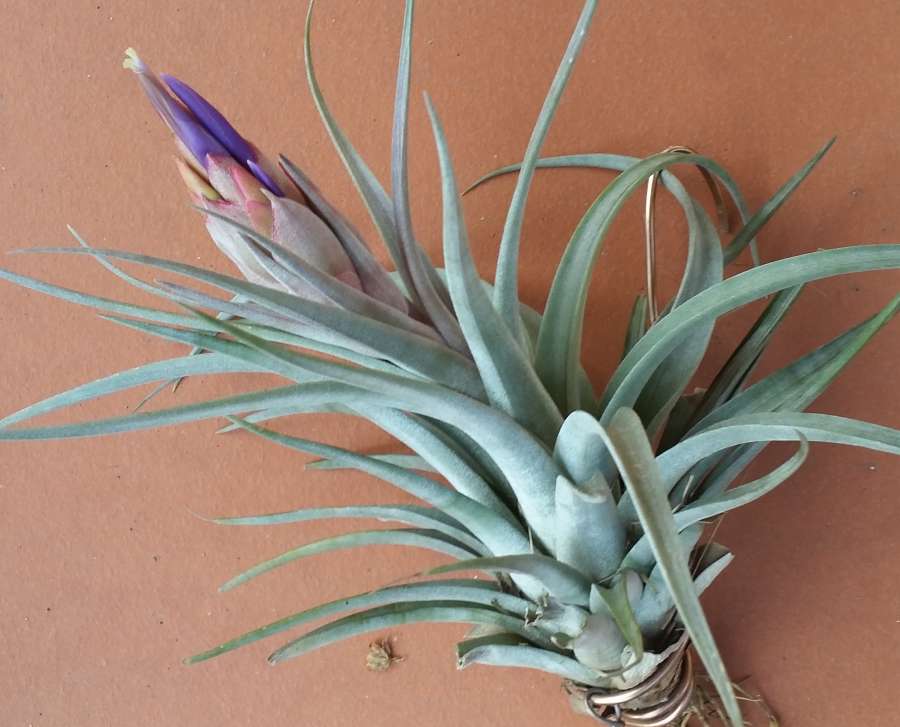
| Stephen Haines 12/13 ex-Peter Tristram |
Chris Larson 02/16 |
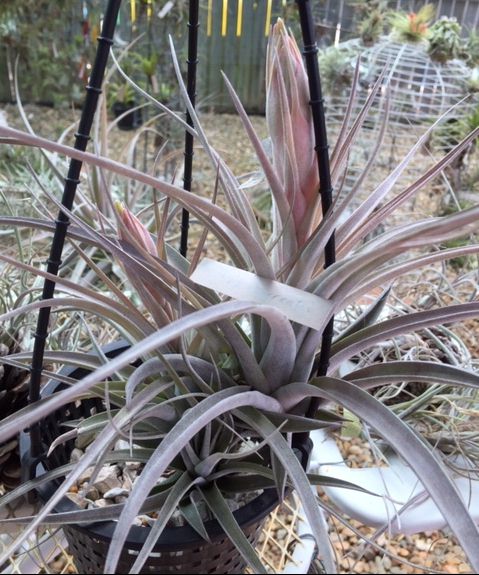
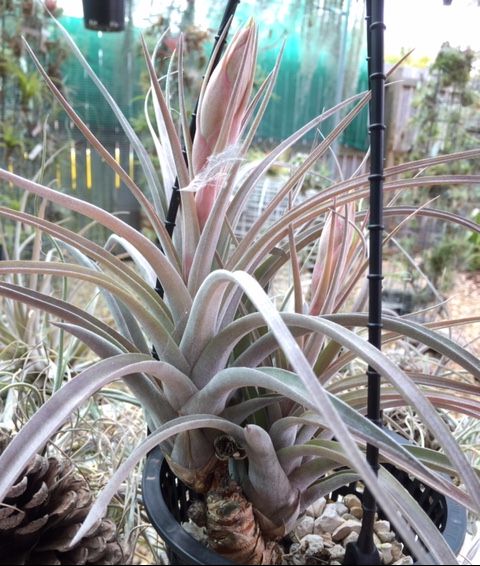
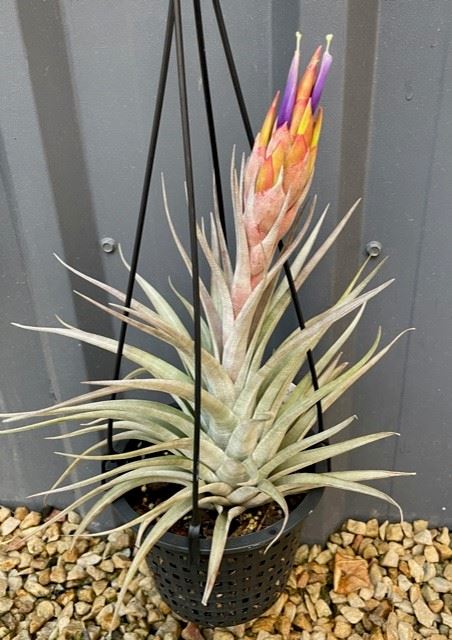
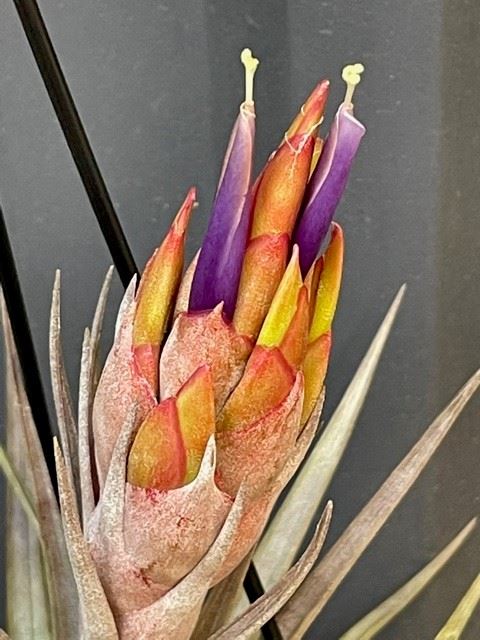
| Jenny Brittain 01/19 |
Ray Clark 12/20 TX085 |
Jenny Brittain ... "This beauty was a great gift and look at it now! 2 plants in spike. Woohoo! And its an eye catcher and a wanted item (*Steve)
Has anyone removed offsets successfully that have lived and flowered?"
Chris Larson ... "Im thinking. Found around 2100m (7000 ft) in Honduras. Soft stem from the T. hondurensis side.
Assumptions there may be issues with humidity in your area or further north of a plant from this altitude. The soft stem could easily bruise, and therefore rot from there if not using sharp implements.
There are no issues with division here in Melb. Does anyone from Brisbane or north have issues with dividing this plant?"
Bob Hudson ... "No problem up north."
Pam Butler ... "I have removed lots of these with no problem. I just use a small sharp knife."
Chris Larson ... "On these softer plants grabbing them by the base to tear them apart often results in bruising the stem, or even the plant popping out from its base 2 or 3 leaves up from the base. (Some of the red Brazilians are terrible for popping out ½ way up the plant so I always use a blade.)
Depending on the level of visibility or access on the point of connection to the mother, I either use a sharp knife, scalpel, or a sharp pair of snips. Note that bending the plant away from the mother can often snap the pup off high, so do this as little as possible to gain access to the join."
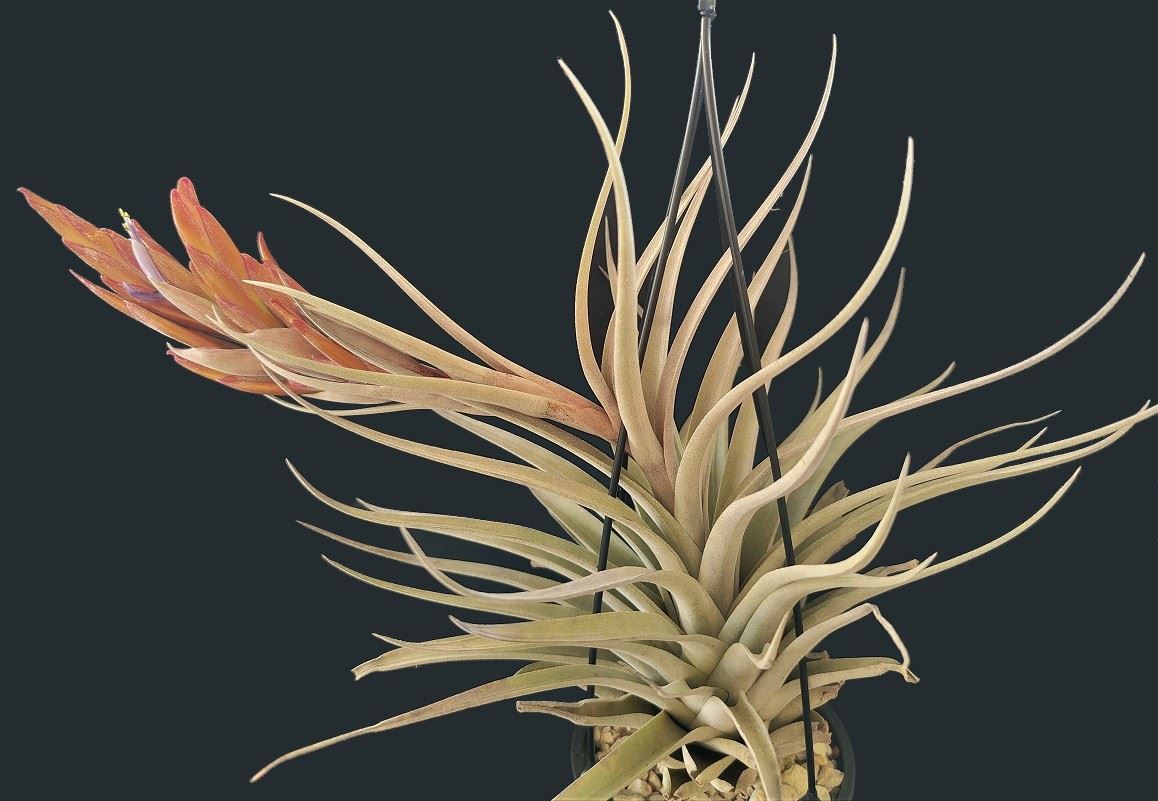
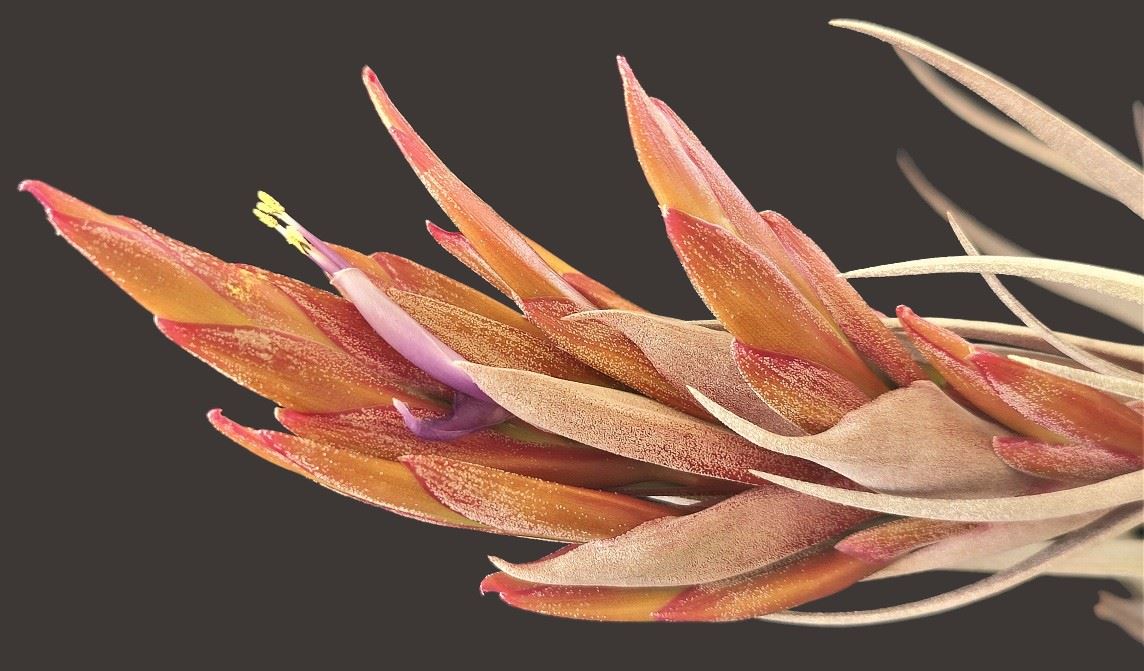
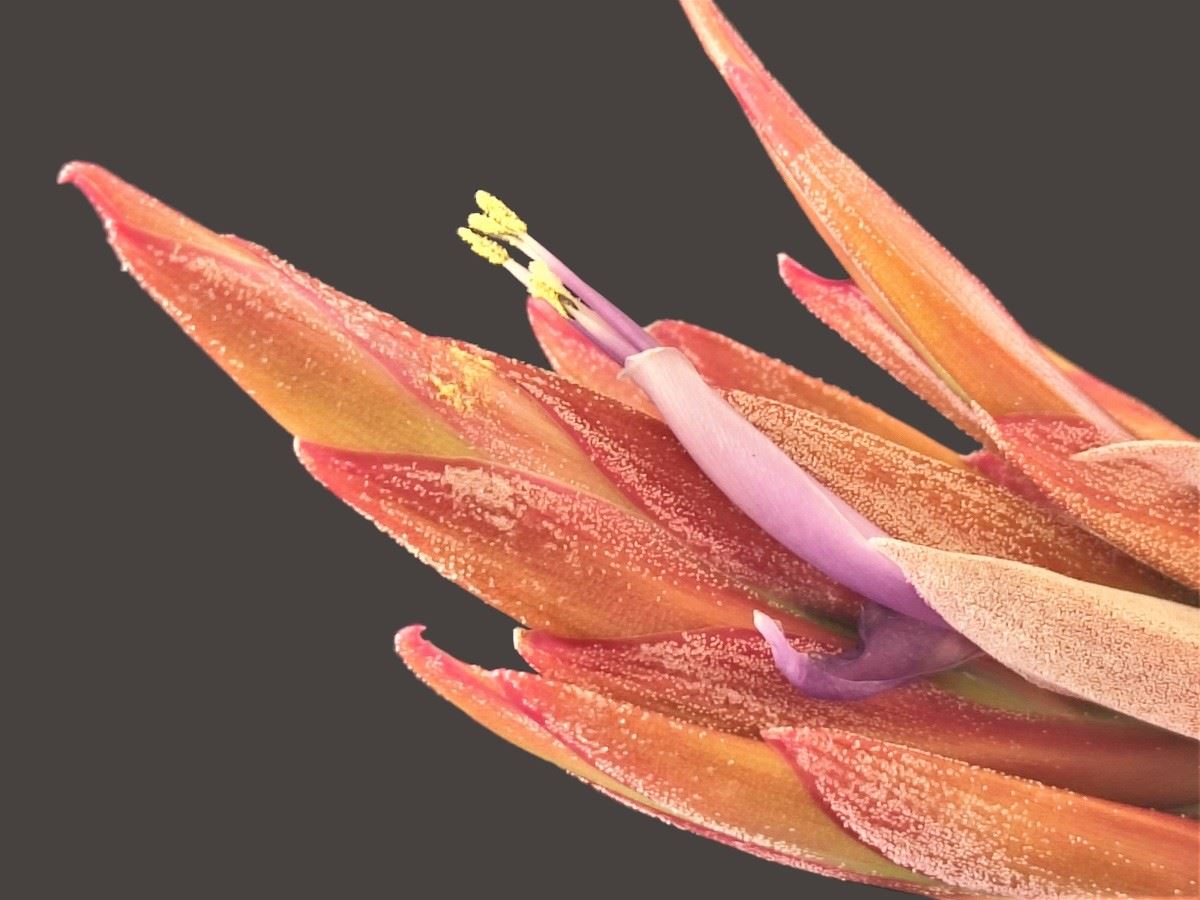
| Steve Molnar 12/21 (See 'Catracho' page.) |
Note from Derek Butcher 22/07/15.
Those who watch the BCR will have noticed a new addition by the name of T. 'Catracho'.
It is very similar to T. xcorrealei. To me they are the same allowing for differences in natural hybrids but that is only my opinion.
Just keep it in mind.
Harry Luther, 1981
Tillandsia X correalei Luther, hyb. nov. - Selbyana 5(34) 310314 (1981)
Hybrida naturalis e Tillandsia fasciculata Sw. et T. hondurensi Rauh inter parentes media.
Plant stemless, flowering to 26 cm high, leaves very densely rosulate,
Sheaths ample, elliptic-ovate, castaneous toward the base;
Blades narrowly triangular , 1.2-1.5 cm wide, stiffly spreading;
Scape erect;
Scape bracts much exceeding the internodes, the lower foliaceous, the upper broadly ovate;
Inflorescence digitate with 2 few-flowered spikes, the lateral spike distichous flowered, the apical spike polystichous flowered;
Floral bracts rather thin, nerved, yellow tipped red, lepidote toward their apex, floral bracts of the lateral spike carinate, 3:5 cm long, floral bracts of the apical spike ecarinate, 2.8 to 3.4 cm long;
Sepals to 3 cm long, posteriorly carinate, connate about half the length;
Corolla tubular to 5.5 cm long, purple;
Stamens and style exserted.
Etymology: The specific name honors the collector, Steve Correale of Miami, Florida who first discovered this plant.
Type. HONDURAS: MORAZON; Valley of the Angels, alt. ca. 7000 feet, March 1982, S. A. Correale s.n. (Holotype: SEL).
This interesting plant is nearly intermediate between its supposed parents which are sympatric at the type locality ( ! S. Correale). The relatively small, densely foliaged rosette most resembles Tillandsia hondurensis Rauh in habit but is somewhat larger than the average for this species. The inflorescence differs from T. hondurensis by being branched and much exserted from the rosette and by having at least the lateral spike with distichously arranged flowers. From T. fasciculata Sw. this plant can be contrasted by the partially polystichously flowered inflorescence and shortened, few-flowered spikes.
Updated 14/08/22












